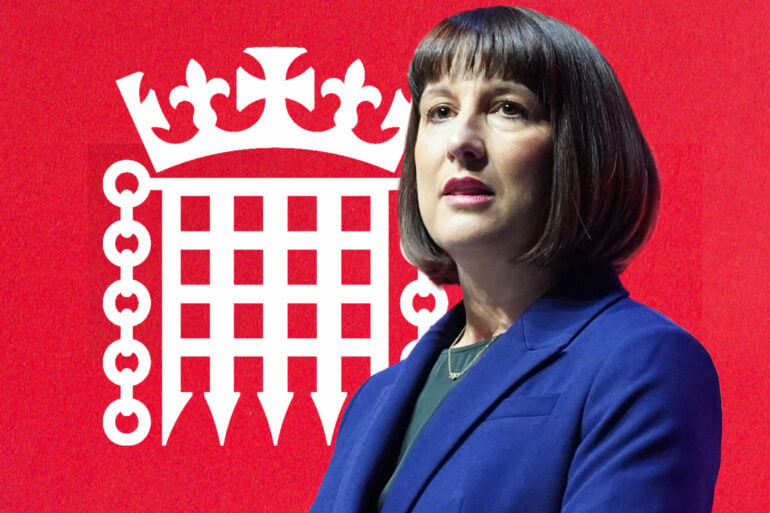In a speech delivered in Oxfordshire today, Chancellor Rachel Reeves unveiled plans to deliver the Oxford-Cambridge Growth Corridor that will boost the UK economy by up to £78bn by 2035.
Throughout, Reeves outlined initiatives aimed at addressing supply-side constraints in the property market and boosting infrastructure to facilitate sustainable growth.
One of the major announcements was the lifting of Environment Agency objections to new developments around Cambridge.
This decision will pave the way for 4,500 new homes along with essential community infrastructure such as schools, leisure facilities, and commercial spaces in Cambridge City Centre.
Reeves said: “This was only possible as a result of the Government working closely with councils and regulators to find creative solutions to unlock growth and address environmental pressures.”
Reeves also emphasised that sustainable urban expansion was essential for fostering economic growth.
Noting that the Government’s Plan for Change remains focused on creating the conditions necessary for investment and development, she added: “For too long, we have accepted stagnation and decline. We can do so much better.”
The Chancellor also underscored the importance of infrastructure investments in enabling housing and commercial property expansion, with the Government committing funding to improve regional transport links, including the long-awaited East-West Rail connection between Oxford and Milton Keynes.
A new East Coast Mainline station in Tempsford will be prioritised, expected to unlock further housing development and economic opportunities.
Reeves noted that these projects have been designed to “reduce supply-side constraints and create the right conditions for growth.”
Recognising that housing development must go hand in hand with environmental and resource planning, the Government is also set to £7.9bn in investment for water infrastructure improvements over the next five years.
This includes nine new reservoirs, with significant projects such as the Fens Reservoir serving Cambridge and the Abingdon Reservoir near Oxford.
This investment aims to ensure that new housing developments have the necessary water resources, addressing a long-standing barrier to construction in the region.
Additionally, Reeves confirmed that a new Growth Commission for Oxford will be established, modelled on the successful Cambridge Growth Company.
This initiative will bring together key stakeholders to develop strategies that accelerate housing delivery and remove obstacles to new developments.
She said: “Oxford and Cambridge are two of the least affordable cities in the UK.
“In other words, the demand is there but there are far too many supply side constraints on economic growth in the region.
“To grow, world-class companies need world-class talent who should be able to get to work quickly and find somewhere to live in the local area.”
Reaction:
Transport Secretary, Heidi Alexander said:
“Well connected communities are a cornerstone for growth. East West Rail will not only provide better links and lasting benefits to Oxford and Cambridge, but to all the surrounding areas.
“I’m also delighted to announce a brand new station at Tempsford, which will be game changing for the region – allowing a new community and businesses to grow, unlocking faster and smoother access to opportunities, and delivering on the Government’s Plan for Change.”
George Holmes, managing director of business finance specialist Aurora Capital:
“The Chancellor’s speech signals a bold ambition to kick-start economic growth, but small businesses will be watching closely to see if these plans translate into real opportunities for them.
“The focus on big infrastructure projects and the Oxford-Cambridge Growth Corridor is promising, but for small and medium sized enterprises (SMEs), the concern is whether investment will filter down beyond big corporations and high-growth sectors.
“Growth can’t just be about headline projects, it also needs to support the backbone of the economy.
“These plans could open new avenues for expansion for smaller businesses, particularly those in technology and life sciences. Improved infrastructure and increased investment in high-growth sectors should hopefully boost access to resources, talent, and markets.
“To truly drive growth, the government must ensure that SMEs across the UK, not just in key hubs, can benefit from these initiatives.
“This means clear access to funding, business-first policies, and a commitment to levelling the playing field so that smaller firms can thrive alongside larger corporations.”



